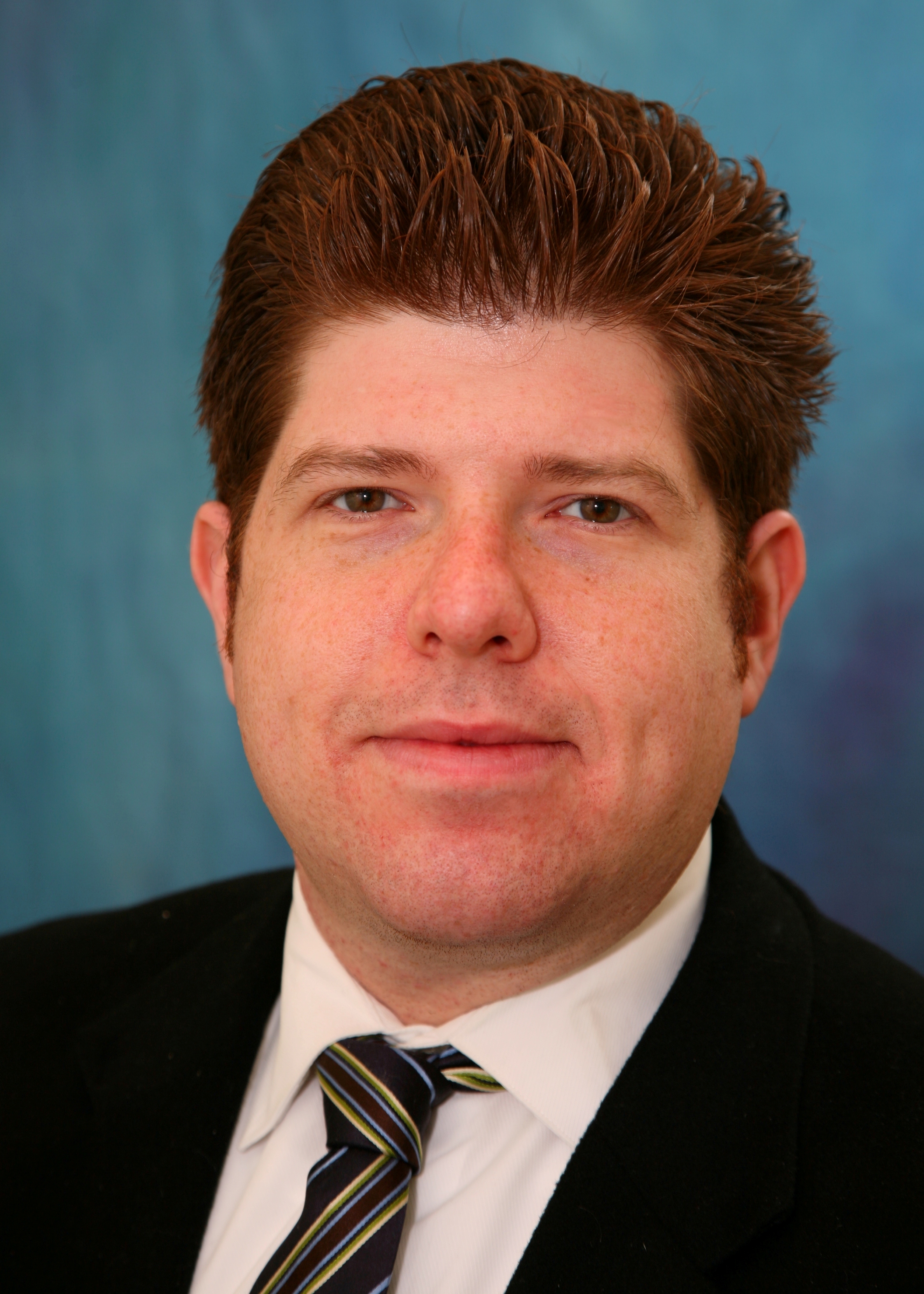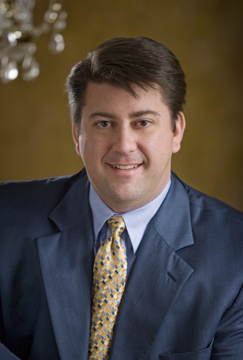Four spine surgeons discuss what they see as the most positive trends and advancements in spine surgery.
Ask Spine Surgeons is a weekly series of questions posed to spine surgeons around the country about clinical, business and policy issues affecting spine care. We invite all spine surgeon and specialist responses. Next week's question: What are some cost-cutting initiatives you have implemented at your practice?
Please send responses to Anuja Vaidya at avaidya@beckershealthcare.com by Wednesday, Aug. 13, at 5 p.m. CST.
Question: What are some of the most positive trends in spine surgery today?
Neel Anand, MD, Clinical Professor of Surgery, Director, Spine Trauma, Cedars-Sinai Spine Center, Los Angeles: Minimally invasive spine technologies and techniques to improve our outcomes are a very positive trend. Outcomes are getting better and we are doing multi-center studies now. Another positive trend is biologics, which is also propelling us toward better outcomes.
 Brian R. Gantwerker, MD, The Craniospinal Center of Los Angeles: I believe collaboration between specialties in trying to set up alliances to consolidate services and market share.
Brian R. Gantwerker, MD, The Craniospinal Center of Los Angeles: I believe collaboration between specialties in trying to set up alliances to consolidate services and market share.

Richard A. Kube II, MD, CEO, Founder, Prairie Spine & Pain Institute, Peoria, Ill.: I am happy to see the movement to publish quality studies that demonstrate the efficacy of the types of things we do in spine surgery. These studies are now investigating value in addition to outcomes. As healthcare payers continue to assess what we do, it is more important than ever that we are able to demonstrate value in the procedures that we perform.
I also believe that the data we collect may shed some light on some myths that have been perpetuating over the years, and also confirm many things we have done largely based upon intuition. This should lead to improved patient selection, better information to assist in setting patient expectations and overall better outcomes.
 Guillermo Pasarin, MD, Neurosurgeon, Florida Medical Center, a campus of North Shore, Ft. Lauderdale: In today's spine-related surgery, one of the latest and most exciting trends is the preservation of mobility. Previously, some cases in spine surgery required the stability of the spine to be performed by using instruments on the spine such as metallic screws and hardware or so-called fusions. The word "fusion" would often elicit fear and anxiety in patients because of the notion that mobility would be limited and that a robotic patient would come out of the surgery.
Guillermo Pasarin, MD, Neurosurgeon, Florida Medical Center, a campus of North Shore, Ft. Lauderdale: In today's spine-related surgery, one of the latest and most exciting trends is the preservation of mobility. Previously, some cases in spine surgery required the stability of the spine to be performed by using instruments on the spine such as metallic screws and hardware or so-called fusions. The word "fusion" would often elicit fear and anxiety in patients because of the notion that mobility would be limited and that a robotic patient would come out of the surgery.
In fact, the mobility of the spine is not significantly altered by a fusion — depending, of course, on how many levels are fused. What happens naturally is that the multiple joints and disc spaces above and below the fusion take on the work of the mobility since the fused segments cannot. Therefore, they are subject to an excessive amount of strain which then alters the dynamics of those motion segments causing an accelerated degenerative process to occur.
Imagine a chain with multiple links that can be made into a circle. Now imagine you were able to weld two of those links together. The links to the left and to the right of that welded segment can still make a circle, but it requires more work on their part as the welded segment cannot move. Similarly, in the spine, it is the adjacent level that suffers, leading to potentially more treatment and possibly even more surgery down the road.
The newer method of treatment is to preserve mobility with "dynamic instrumentation." The new armamentarium given to the spine surgeon today offers the ability to preserve motion, limiting the need for fusions and preserving adjacent levels so as to limit the alteration of adjacent segments. Artificial disc technology in the cervical spine is one of today's greatest additions to the armamentarium as it preserves mobility without fusing the relatively mobile cervical spine segments.
This procedure has been extensively studied in Europe and recently has been approved by the FDA for single-level cervical disc replacement. This arthroplasty has, to date, offered very good results in clinical trials and in my clinical practice. Currently, we are waiting for [additional] trials to be analyzed by the FDA for single-level cervical disc replacement.
However, the future looks bright and the preservation of cervical range of motion and mobility seems to be at the forefront for future technology for the rest of the spine. The notion of total joint replacement is not new in the orthopedic world of hips, shoulders and knees but within the spine it is a relatively new concept and one with expanding horizons.
More Articles on Spine:
Rock Creek Neurosurgery clinic opens in Utah
Dr. Frank Cammisa advises NY Giant David Wilson — 5 things to know
5 things to know about lumbar spine surgery pain, function scores


